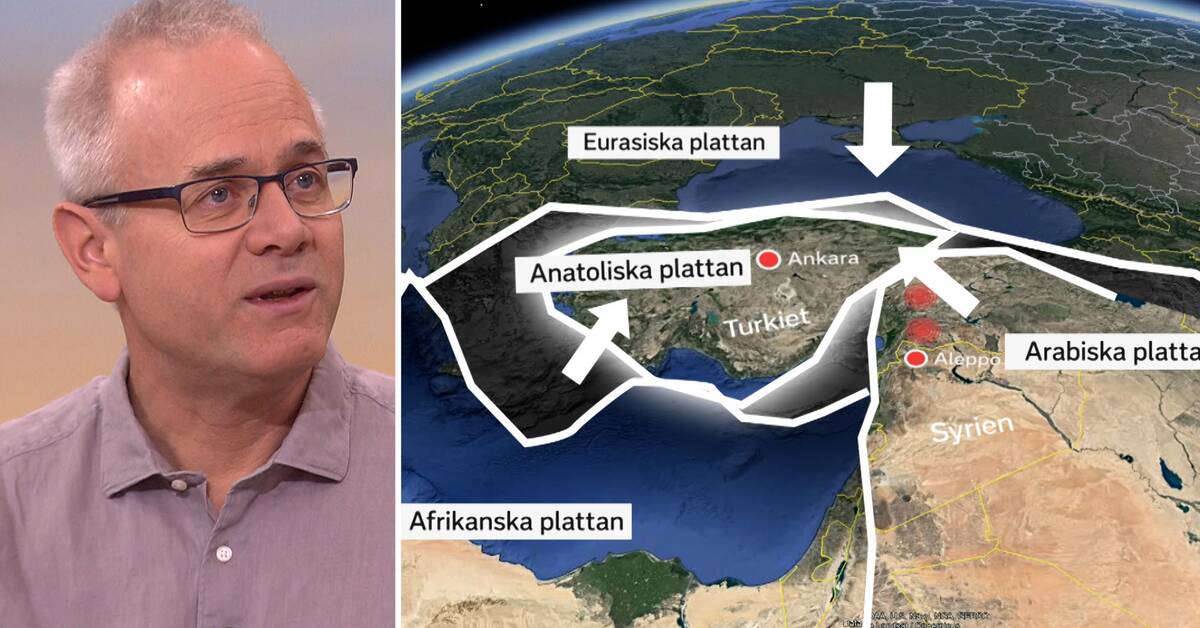Monday's strong earthquake has caused great devastation in large parts of southeastern Turkey and northwestern Syria.
The death toll in both countries has passed 4,000 on Tuesday morning.
Hundreds of families are still trapped under collapsed buildings and intensive rescue work is underway in several locations.
Swedish Filiz Paydas is on site in one of the affected areas and was forced to spend the night in a car.
- We don't sleep and it's cold.
People try to help those who are under the racial masses, she says in Morgonstudion.
Aftershocks for months
On Monday afternoon, the WHO warned that rescue efforts are being made more difficult by the many aftershocks.
The problem with subsequent earthquakes can continue for a relatively long time to come, says seismologist Björn Lund in Morgonstudion.
- Firstly, we have this sequence of aftershocks that we always get after large earthquakes.
It will be very intense for the next few weeks and it will continue for months, maybe even into next year, with smaller tremors.
Risk of new strong earthquakes
At the same time, Monday's earthquakes, the two strongest with magnitudes 7.8 and 7.5, may change the conditions for future collisions of the tectonic plates.
There is a risk that they will cause further large earthquakes.
- Now these two largest earthquakes are analysed, how have they moved and what does this mean for the tensions around them?
Is there now a higher risk of another big quake further to the northeast or perhaps to the south?
Such calculations are most likely being made right now, says Björn Lund.
- You can look at that relatively quickly.
We cannot yet say when an earthquake will occur, but you get an idea of whether the risks are increasing or decreasing.

